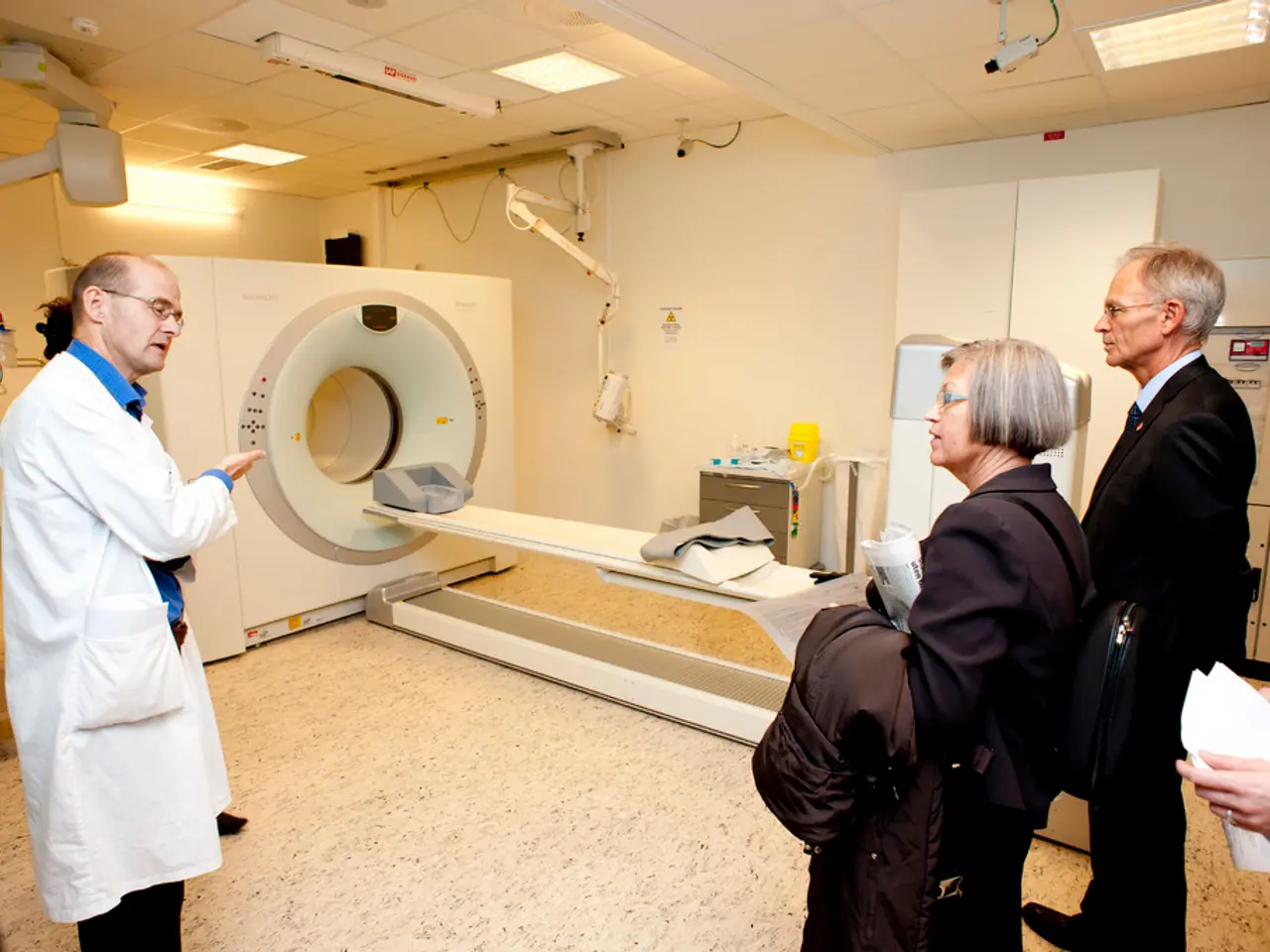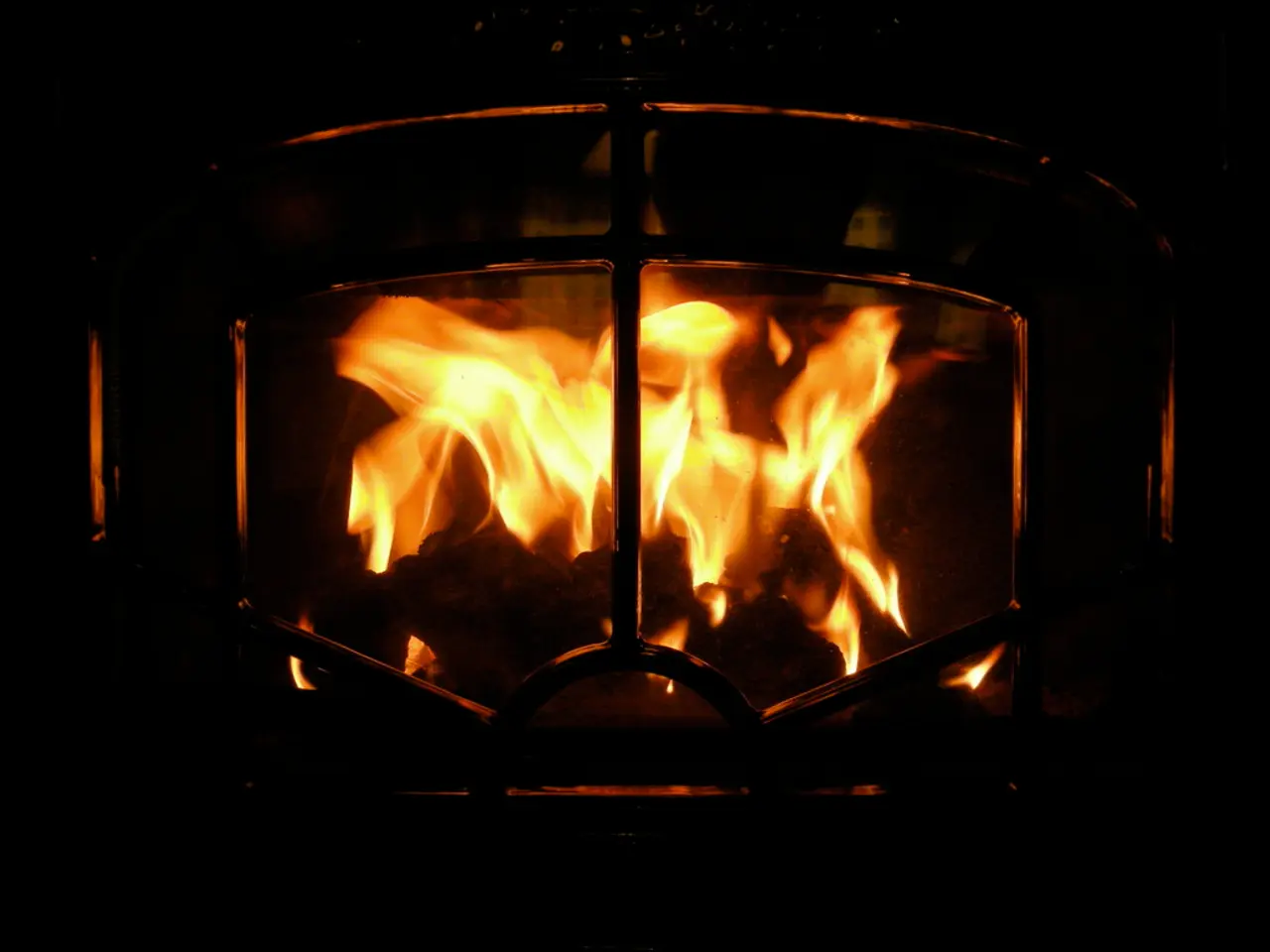Seismic activity triggers potential tsunami risk in Kamchatka, Russia, as a dormant volcano bursts into action
=====================================================================
A series of significant geological events have occurred in Kamchatka, Russia, over the past week. On Sunday, a 7.0 magnitude earthquake struck near the Kuril Islands, and shortly after, the Krasheninnikov Volcano, dormant for about 600 years, erupted.
The earthquake triggered tsunami warnings as far away as French Polynesia and Chile, while the Russian Ministry for Emergency Services advised people to move away from the shore due to potential tsunami waves in three areas of Kamchatka.
The Krasheninnikov Volcano, standing at 1,856 meters tall, erupted overnight, and its ash cloud has since drifted eastward, toward the Pacific Ocean. The ash plume is reported to reach up to 6,000 meters (3.7 miles).
According to Olga Girina, head of the Kamchatka Volcanic Eruption Response Team, the recent volcanic activity may be related to the seismic events in the region, including the earthquake that prompted tsunami warnings. The sequence of events followed a much larger 8.8 magnitude megathrust earthquake off the eastern coast of the Kamchatka Peninsula just a few days earlier.
Scientists have suggested that seismic stresses and geological activity connected to the regional tectonics of the subduction zone may have triggered or influenced both the Kuril Islands earthquake and the volcanic eruption on Kamchatka.
It's worth noting that the Krasheninnikov Volcano's last known lava effusion occurred within 40 years of 1463. The eruption of the Krasheninnikov Volcano has been assigned an orange aviation code, indicating a heightened risk to aircraft.
Fortunately, there are no populated areas along the path of the Krasheninnikov Volcano's ash cloud. However, the Russian Ministry for Emergency Services has advised caution and vigilance in the affected areas.
Olga Girina confirmed the first historically confirmed eruption of Krasheninnikov Volcano in 600 years. The event serves as a stark reminder of the dynamic and unpredictable nature of Earth's geology.
References:
[1] United States Geological Survey (USGS). (2025). Magnitude 8.8 earthquake strikes off the eastern coast of the Kamchatka Peninsula, Russia. Retrieved from https://www.usgs.gov/news/magnitude-88-earthquake-strikes-off-eastern-coast-kamchatka-peninsula-russia
[2] Pacific Tsunami Warning Center. (2025). Tsunami Warning for Pacific after 7.0 magnitude earthquake near Kuril Islands. Retrieved from https://ptwc.weather.gov/ptwc/
[3] Girina, O. (2025). Statement on the eruption of Krasheninnikov Volcano. Retrieved from https://www.kvert.ru/en/press-center/news/statement-on-the-eruption-of-krasheninnikov-volcano/
The scientific community is closely monitoring the Krasheninnikov Volcano's ash cloud, as environmental-science research could provide valuable insights about its impact on the environment and health-and-wellness of nearby ecosystems. Meanwhile, space-and-astronomy experts are observing the volcano's ash plume to gain a better understanding of its potential effects on regional climate patterns and space weather.




